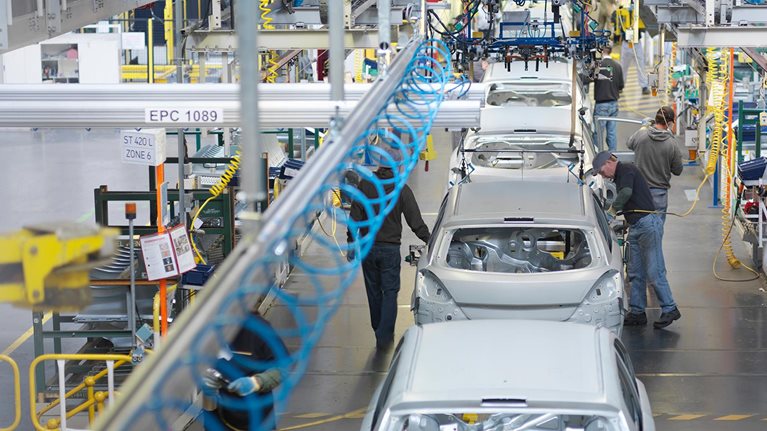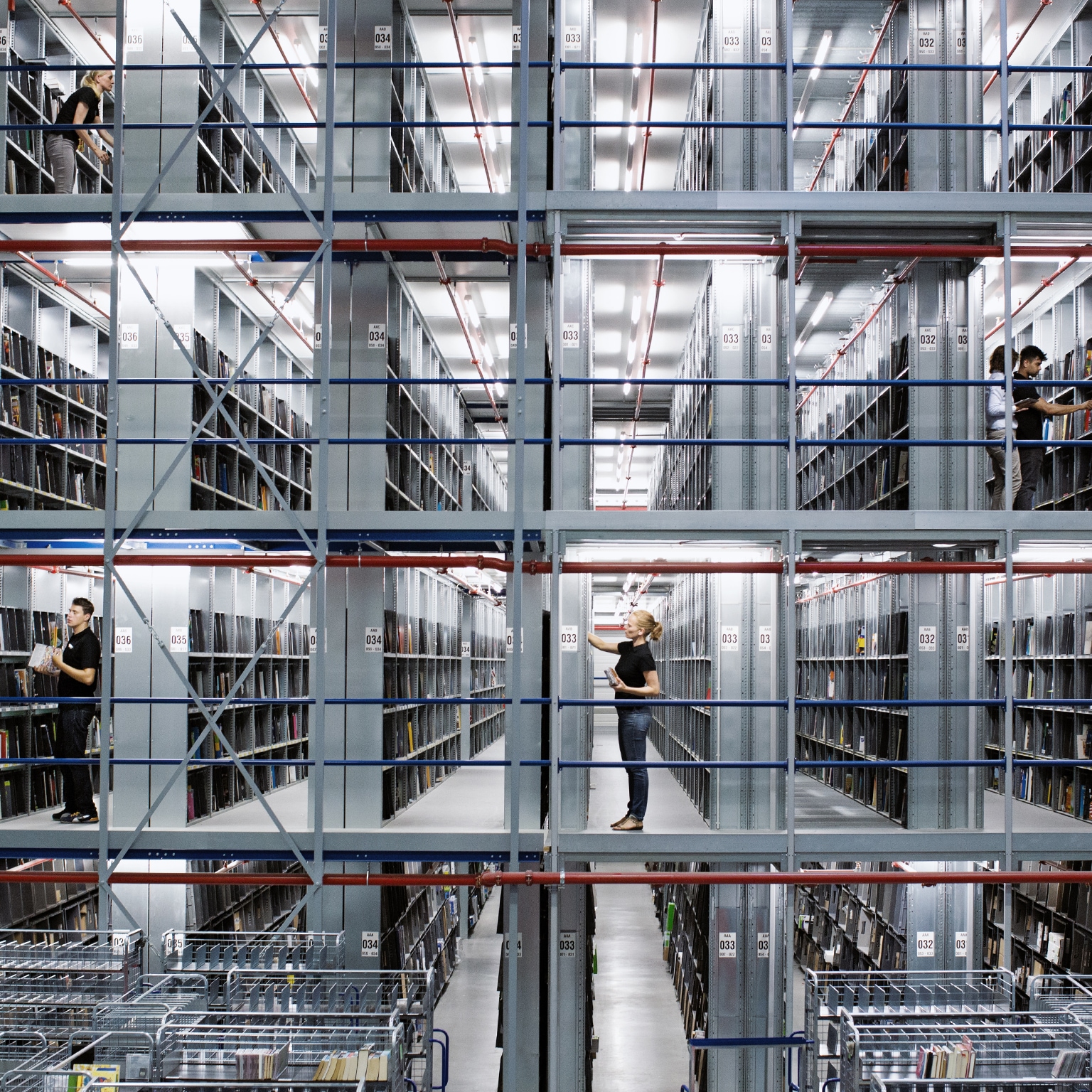It’s an all-too-realistic scenario: headed into the final week of the quarter, a consumer packaged goods (CPG) company’s final supply plan appears to be optimized and on target to meet quarterly goals. Yet by the following Wednesday, the chief supply-chain officer hears from the head of sales that customers are not receiving product for an upcoming promotion. Customer service is overwhelmed with calls, and a large retailer threatens to terminate its contract.
Upon digging deeper, the planning team discovers that the logistics manager had asked manufacturing to stop producing the item two weeks previously, citing constraints in storage and transportation even though adequate manufacturing capacity was available. The production team therefore reallocated capacity to other products—but never communicated the decision and rationale back to the planning and sales teams.
For many companies, the current state of their supply chain means situations like this one, while completely avoidable, remain all too common. That’s despite the fact that many organizations now operate a version of the supply-chain control tower. While today’s control towers can significantly improve supply-chain performance, especially for the short term, they have limitations in their functional scope, ability to sense upcoming shocks, and capacity to compute globally optimal responses.
More recently, some companies with leading-edge supply chains have started to experiment in creating “supply-chain nerve centers”—digital, end-to-end control towers that span functional silos. The differences center on four areas:
- Extending the ends in end-to-end planning by interconnecting historically isolated functions, such as supply-response planning and logistics execution, as well as upstream and downstream channel partners
- Sensing upcoming shocks earlier and deeper across the supply chain by applying digital technologies and the Internet of Things (IoT)
- Improving decision-making by applying advanced analytics (including machine-learning techniques) to analyze second-, third-, and even fourth-order implications of potential responses to disruption
- Reimagining the operating model, recognizing that technology alone won’t deliver sustained improvement in supply-chain performance
Under this approach, news of delays at a port of entry would trigger multiple responses in tandem: the nerve center could link the delay to an in-transit container of raw materials destined for the same port, then estimate the extent of any resulting production slowdown, adjust the production schedule, and notify the logistics manager about the changes—all within a manner of minutes.
However, because no standard playbook has yet emerged for transitioning to a supply-chain nerve center, companies face several important tasks—such as identifying the most promising use cases to interconnect first, and determining the thresholds for reacting to shocks. An accelerated planning cadence is also likely to be needed, as are new governance practices and role definitions across the supply chain to align the organization.
Yet the potential rewards could make the investment well worth making. Companies that have started on the path to supply-chain nerve centers have already saved millions in inventory and logistics costs. We estimate that for a $10 billion company with a well-performing supply chain, a nerve center could raise earnings by up to two percent, boost sales by $150 million, and reduce costs by $50 million (Exhibit 1).

Would you like to learn more about our Operations Practice?
A mosaic—or just fractured?
Over the past few decades, many organizations successfully optimized separate functions within the supply chain, adopting technologies such as advanced planning systems (APS) and warehouse management systems (WMS), supplemented by bespoke solutions and the still-ubiquitous spreadsheet-based tools. But while these systems offered value for their respective functional areas, they left organizations with a “mosaic” solutions landscape, often loosely linked together with minimal cross-functional collaboration.
The lack of real-time, bidirectional links enabling each function to detect changes across the enterprise and value chain can lead to suboptimal performance for the whole company. There are simply too many simultaneously moving parts in a given supply chain, and failure to connect different functions horizontally and more seamlessly leaves untapped opportunity.
This challenge becomes even more pronounced in a crisis. A mid-2020 survey of more than 60 senior supply-chain executives found 85 percent struggled with “inefficient digital technologies,” while nearly half experienced delays in planning decisions because of the widespread shift to remote work.
The next evolution of supply-chain planning
By seamlessly connecting various “organs,” or functional units, with the supply chain, a supply-chain nerve center becomes the “enterprise brain.” Its promise stems from a new ability to sense high-impact threats and opportunities across the extended supply chain earlier, so they can be addressed quickly and collaboratively. The result? Optimized plans with cross-functional alignment already built-in (Exhibit 2).

These new capabilities can support a more efficient integrative business-planning (IBP) process, as all actors move in concert with another, rather than acting individually on outdated data—and then firefighting to realign. Because all projections use a single, interconnected planning engine, planners have a more complete view of how every decision affects all areas of the supply chain. This transparency allows them to be more confident that recommended plans are feasible for everyone and optimal for the enterprise, leading to fewer iterations (and emergencies).
But while the end-state vision is relatively clear, it is less obvious where to start and how to get there. A big-bang approach, bringing in all data at once, is usually too daunting and runs the inherent risk of never-ending implementations because of its massive complexity. At the other extreme, narrow pilots may be easier to start, but yield limited impact and rarely scale to more complex scenarios.
An alternative identifies a few high-impact, cross-functional use cases that, when interconnected, unlock value and create a foundation for further scaling as the changes build momentum. The exact combination of connections will naturally vary according to the organization’s needs and capabilities. One medical-device manufacturer, for example, started by creating links across planning, manufacturing, and logistics, so that unwarranted expedite requests were quickly flagged and stopped before they happened—saving millions of dollars in shipping and related costs. At a food and beverage company, connecting the supply chain allowed for better production-capacity decisions, both for third-party manufacturers as well as third-party logistics partners. It also allowed the company to operate at lower inventory levels.
Overcoming the challenges of change
While technological advances provide increased ability to sense and react to shocks, the number of issues identified and the desire to respond quicker and more often can also increase exponentially. Where can an organization draw the line? After the implementation of a new planning and scheduling system, planners at one pharma manufacturer started receiving more than 200 exception messages every day. This onslaught can simply overwhelm even the most sophisticated planning organizations and prevent broader adoption of new tools across the organization.
Accordingly, interconnecting previously siloed functions to operate as one opens up a new set of design choices to be addressed in order to realize the full potential of supply-chain nerve centers (Exhibit 3).

- Create a method and acceptable thresholds to separate real issues from noise. While a lack of information is unhealthy, so too is a never-ending series of supply-chain “emergencies” in which every small incident creates bullwhip effect, as over- or underproduction ripples through each link in the chain. Drawing a line is difficult but essential, as organization determines the appropriate thresholds for action based on its unique business environment. One CPG company, for example, set a minimum threshold of $100,000 in revenue at risk for reacting to a volatile supply-demand situation, as planners realized most fluctuations would correct themselves in the subsequent cycles without an intervention.
- Determine which decisions can be put on autopilot, and which are to be handled by the planning and execution systems. Algorithms can be used to automate pre-building inventory when there is excess capacity and sufficient warehouse space prior to a constrained week. Other decisions still require human intervention or judgement, such as those involving complex and ambiguous tradeoffs and high levels of creativity. Typically, organizations are comfortable automating high-frequency, low-impact decisions, but prefer to keep their hands on the steering wheel for the high-impact, low-frequency issues that can dramatically alter their annual operating plans.
- Set a decision-making frequency that aligns with the company’s overall vision for this new way of working. New technologies and information flows are making the well-established monthly cadence for planning calendars a thing of the past. Increasingly, exceptions and decisions are at executives’ and planners’ fingertips in near-real-time, 24/7. While making decisions every minute isn’t practical, neither is making them only once a month. Companies are reimagining and experimenting with abandoning their quarterly planning, monthly sales and operations planning (S&OP), and weekly control tower-cycles altogether, in favor of a continuous cycle across all three planning horizons with decisions triggered and resolved continuously and escalated weekly.
- Revisit roles and decision-making protocols as boundaries among functions start to blur. One major element of this task is assigning a leader for the supply-chain nerve center, with authority to make final decisions involving difficult trade-offs. A designated lead—whether from planning, manufacturing, finance, or from an entirely new role—not only simplifies and accelerates decision making, but also can smooth over tensions between competing interests. Some of the traditional roles may also start to converge. As the transformation progresses, a high-powered, centralized task force can bridge the functions seamlessly: for example, planning and scheduling may be consolidated and performed by a few central network planners. This type of structure looks increasingly feasible as remote work accelerates, reducing physical barriers to the centralization and virtualization of network-wide planning.
- Identify a technology stack to enable new capabilities. Supply-chain technology players and users are already interconnecting advanced planning software with vehicle tracking, plant scheduling, transportation execution, and commercial-planning solutions, thereby creating smarter planning solutions and even digital twins. The best-of-breed approach appears likely to continue at most companies, and may include bespoke solutions for certain functions and applications. However, ecosystems of more tightly interconnected solutions may emerge to provide advantages for more seamless integration.

The resilience imperative for medtech supply chains
Act now for a stronger future
By integrating these choices into a supply-chain nerve center, organizations can attain new levels of supply-chain performance—in no small part because much of the incremental impact from digital supply chains lies at cross-functional interfaces. Moreover, companies that get this new structure right can also unlock the full creative potential of their workforce, whereas those that lag behind risk performance setbacks with every shock.
Take the example of a manufacturer caught with immature planning capabilities in early 2020. Having misread the signs of a demand shift, leaders committed to an overly conservative supply plan. Lack of scenario planning and supplier collaboration led vendors to reallocate critical parts to the company’s competitors. Once it became apparent that demand was exploding rather than shrinking, it was too late to course-correct, leaving the company facing massive backlogs and revenue shortfalls.
On the other hand, consider a large consumer company struggling with balancing supply and demand while accounting for various types of production, supplier, and co-manufacturing constraints. Although baseline performance was sufficient, leaders believed that the company’s processes were too slow, its data quality was too poor, and that its people weren’t leveraging data and digital capabilities to their full potential. Not satisfied with merely being “sufficient,” the team set about mindfully integrating the demand, supply, production, distribution, and customer-service organizations into a new supply-chain nerve center.
Once implemented, the center ensured that the supply team received alerts when the system sensed that demand exceeded the forecast by an agreed-upon threshold. The team could then adjust the supply plan and reallocate inventory within the network, ensuring supply matched the increased demand without paying heavy expedited-freight costs. As the production schedule evolved in response to critical constraints, planners were able to view the changes immediately and collaborate with plant schedulers so that the optimum mix of product was being produced.
Gone were the days of firefighting and out-of-date signals, replaced by real-time data and proactive, collaborative problem solving across functions. The short-term impact: forecast accuracy increased by more than five percent, inventory fell by more than one-quarter, and service levels actually rose. Over the longer term, a more important effect emerged: a more cohesive, alert planning organization that could use next-generation solutions to their fullest effect, while empowering frontline employees to make critical decisions (Exhibit 4).

These are the kinds of events that a holistic planning approach can help address. By moving beyond basic, sequential IBP processes and activating real-time data from across the organization—enabled by new technology solutions—planners can respond to issues sooner, make better decisions, and break down organizational siloes that were long thought unbreakable.
A road-tested detailed blueprint to build such a capability has yet to emerge. Until then, pioneer organizations use a “test, fail, learn, refine” approach. Sometimes, simply taking the first steps towards a more cross-functional decision making process is what matters. These first steps don’t necessarily guarantee immediate success; the clearest recent lesson for business is that nothing is certain. Failure to act, however, may lead to a perpetual game of catch-up as others reap the benefits.


